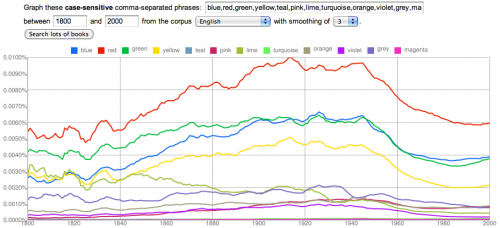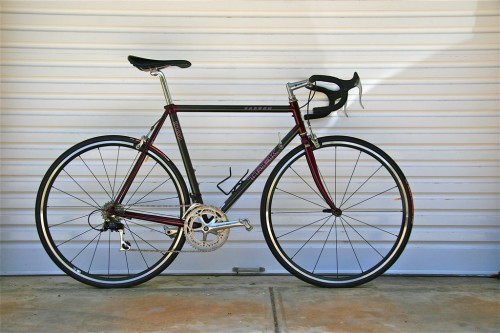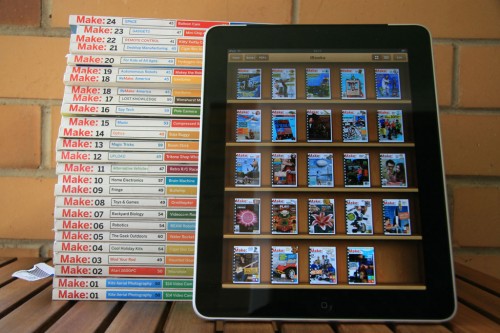Archive for December, 2010
1994 Trek 2120
Friday, December 17th, 2010Yes, another bike. This is an Ice Violet 1994 Trek 2120, the carbon and aluminum touring bike with a strange mix of 105 (road) and Deore LX (mountain) components. According to Trek, mixing road and MTB component groups is a dream come true:
2120 ABT Carbon Performance Touring
If you think performance touring is a contradiction in terms, think again. This bike can circumnavigate the globe as easily and comfortably as others circumnavigate the block. That’s because our lightweight bonded carbon frame is far and away the best ride going. You asked. We answered. This is your dream come true.
More in the full 1994 Trek Catalog.
This 2120 originally came with a triple crank, which explains the rear derailleur, and equally odd bar-cons (bar end shifters), which are actually unexplainable. I’m not particularly fond of bar-cons or triple cranks, so both of these had to go. The original wheels were in sad shape with broken spokes and some very suspect hard-anodized rims. I found a pair of Shimano RS20 wheels for about the same price as my tires, so that was an easy fix. The remainder of the up/downgrades include a 9-speed SRAM PG970 cassette (12-26), 105 Octalink crank (50/39), 105 8-speed down tube shifters, a Flite Ti saddle and some Vittoria Open Corsa Evo CX 25mm tires.
Trek’s published weight for the 2120 with the orignal configuration is 10.061kg (22.18 lbs). My scale isn’t as precise as theirs, but my 8.9kg (19.6 lbs) still wins.
You may have noticed that I have 8-speed shifters and a 9-speed casette. The drivetrain actually works pretty well in indexed mode, though the friction setting on the shifters is a bit smoother. At some point I’ll swap the 9-speed cassette for an 8-speed, but there is no rush.
In the mean time, I’m looking forward to riding this on the road and getting the Gunnar back to the dirt.
Make Magazine: Digital
Thursday, December 2nd, 2010I’ve been thinking about switching my Make magazine subscription from the ‘Premier’ paper+digital to digital only. The digital edition of Make is available as a PDF, which is easily imported into iTunes as an eBook, which in turn is easily synced to the iPad.
In addition to the obvious advantages such as reduced cost, faster delivery and searchability, a complete Make back catalogue on the iPad takes up significantly less space than the paper version, an advantage will only increase over time.
To further illustrate the point, the above stack of paper copies of Make weigh about 9,400g (20.7 lbs) or about about 13 3G iPads (14 for the WiFi-only version).



